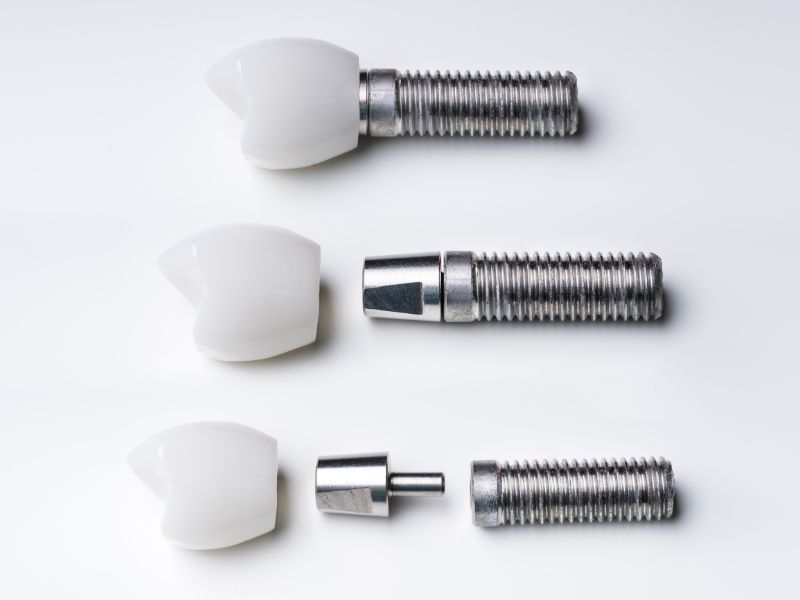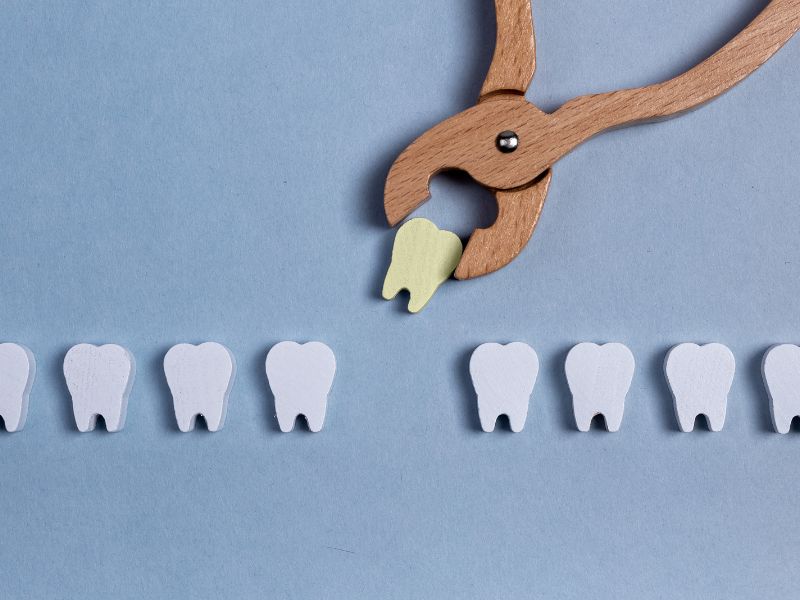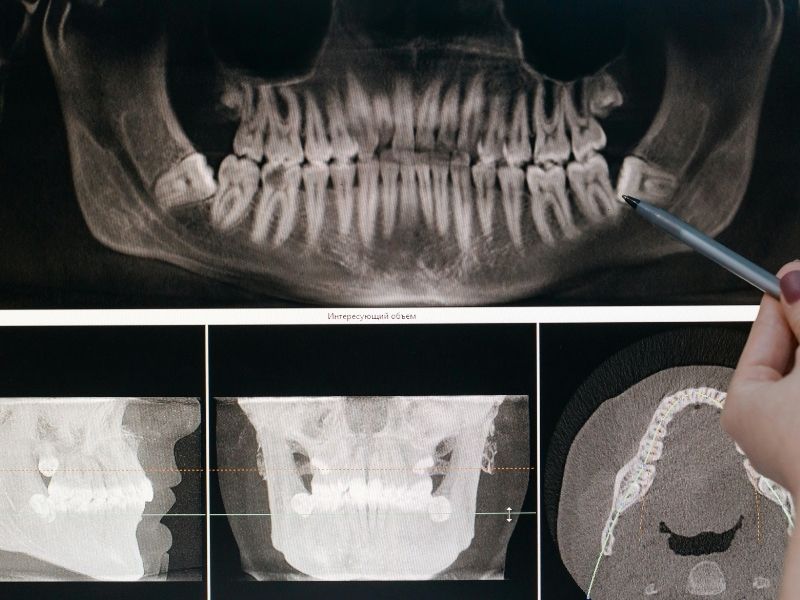When the Jawbone Fades, Bone Grafting Brings It Back
Contributed by DentalROI
Tooth loss doesn’t only affect the visible smile—it quietly changes the foundation beneath it. When a tooth is no longer present, the jawbone underneath begins to shrink. It happens slowly, often unnoticed at first. Over months and years, the once-solid ridge softens and thins. The shape of the face shifts. Implants, if planned too late, may no longer have enough support to hold.
But this doesn’t mean the opportunity is lost. In many cases, it’s simply paused. Bone grafting gives oral surgeons the ability to restore what time has worn away, setting the stage for lasting, functional restoration.

















